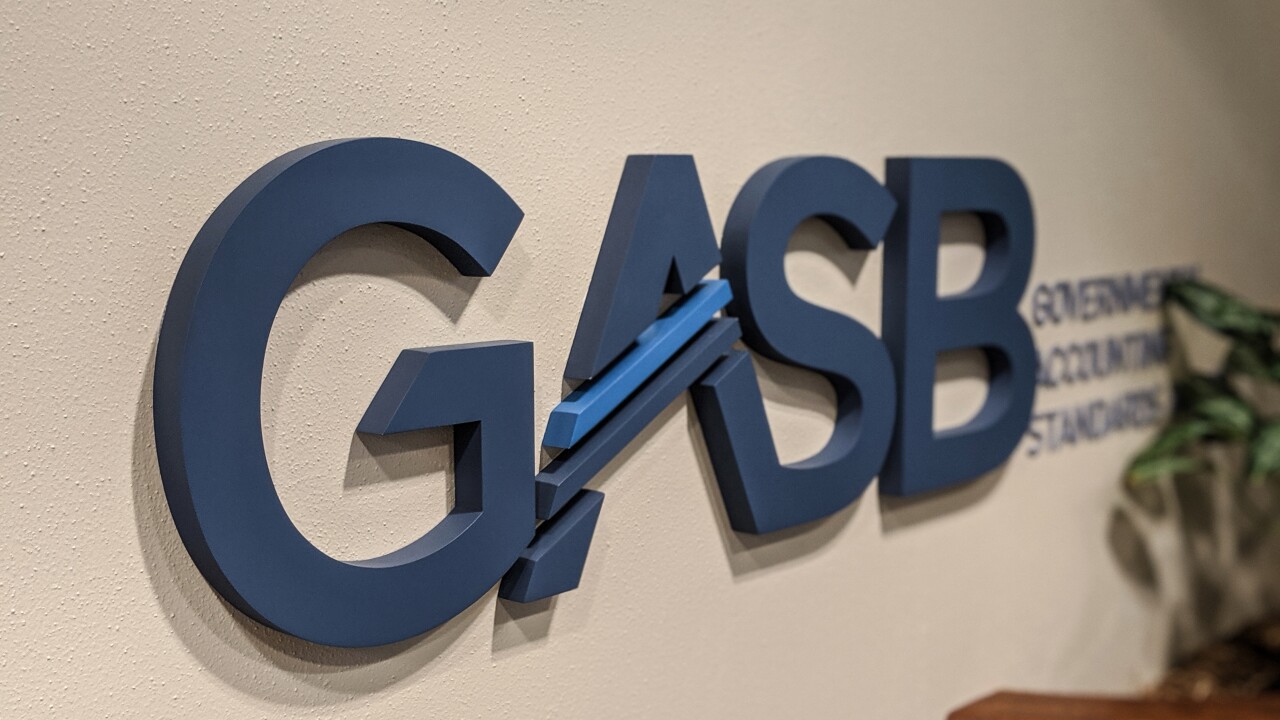
Against a backdrop of heavy new-issue supply in the first quarter and the prospect of rising rates in the second quarter, municipal bonds offer enticing ratios to Treasuries and opportunities for value in the intermediate to longer part of the yield curve, two prominent municipal strategists said in reports this week.
In addition, municipals also provide high quality, tax advantages, diversity, as well as higher yield and less duration risk than their Treasury counterparts, according to J.R. Rieger, global head of fixed income at S&P Dow Jones Indices, and John Mousseau, executive vice president and director of fixed income at Cumberland Advisors.
"In 2015, year to date, almost two-thirds of all issuance has been for current or advance refunding," Mousseau wrote in a March 30 commentary "The Muni Market Supply Binge."
The volume is lofty compared with the first-quarter mark in 2014, when issuance was down 40% from 2013 levels, he noted.
"So far this year, issuance through the first two months is over 60% ahead of last year," Mousseau said in the report. "This surge is due to the preponderance of refunding issues," he added. "The supply glut has kept the 'value' of munis quite high."
With longer AA and A-rated munis at a 125% to 150% yield ratio to Treasuries, there is "an extremely compelling case" for longer tax-free yields, Mousseau wrote.
"Relative to other investment grade fixed income asset classes, investment grade municipal bonds still provide comparative yield when viewed from the taxable equivalent yield perspective," Rieger said in his March 29 report, "The Rieger Report: 2015 Headswinds & Tailwinds for Municipal Bonds."
Using a 35% tax rate, Rieger said the taxable equivalent yield of the S&P National AMT-Free Municipal Bond Index is 2.91% and its duration is 4.7 years, while the yield of taxable bonds in the S&P U.S. Investment Grade Corporate Bond Index is 2.81%, yet with a duration of about two years longer.
On a nominal yield basis, a diversified basket of non-callable investment-grade bonds tracked in the S&P AMT-Free Municipal Series 2020 Index of five-year bonds has a higher yield than the five-year U.S. Treasury bond, Rieger said. "The same is true for the S&P AMT-Free Municipal Series 2024 index of nine year bonds verses the 10-year U.S. Treasury bond yield."
Tax-exempt municipals are enticing because many double-A and single-A rated issues are trading at nearly 4%, Mousseau reported.
He said a tax-free bond purchased at a 3.75% yield offers 150% of the yield of a long Treasury bond yielding 2.50%, which is "compelling."
Since the financial crisis, long municipal yields have been higher than long-Treasury yields, while prior to 2008, it was normal for the opposite to be true, he noted.
"Our contention is that if we return to a 'normal' Fed using the short-term fed funds rate as a policy tool instead of the QE programs that have marked the last six years then the ratios between intermediate and longer-term munis to Treasuries should return to more normal levels over time," Mousseau wrote.
Meanwhile, despite some underperformance of municipals to corporate bonds, the incrementally higher quality versus corporate counterparts, the tax advantages, and supply and demand for municipals is promoting value and creating tailwinds in the sector, Rieger indicated in his report.
"Demand still outpaces supply," he wrote. "While new issues have been increasing, the volume is partly driven by refunding bonds replacing higher-yielding bond issues."
Rieger said that bonds in two of S&P's benchmark indexes recently underperformed their corporate counterparts, but overall, there is opportunity for value in the tax-exempt market.
For instance, the investment-grade tax-exempt bonds tracked in the S&P National AMT-Free Municipal Bond Index returned 0.93% year-to-date, lagging behind the over 2% return of the investment-grade corporate bond market tracked in the S&P U.S. Investment Grade Corporate Bond Index as of March 29, he said.
Rieger said the municipal market has some areas of concern — chief among them cash-strapped Puerto Rico. He said other areas raising red flags included Illinois and New Jersey, which both have pension shortfalls to negotiate, and the tobacco sector, which he called both a short-term positive return driver and a long-term hazard.
The commonwealth's potential default situation has resulted in the S&P Municipal Bond Puerto Rico Index dropping 1.34% in March, eroding the previous two months of positive performance.
"The uninsured bonds are included in the S&P Municipal Bond High Yield Index and the recent drop in bond prices is helping to weigh the high yield segment down," Rieger wrote.
Meanwhile, there are both risks and rewards in the tobacco sector, according to Rieger.
"So far in 2015, tobacco settlement bonds have returned over 3.7% as tracked by the S&P Municipal Bond Tobacco Index," he pointed out.
"Recent successful refunding bond issues have certainly helped and no defaults are imminent, but the long term future is clouded as these bonds are dependent upon U.S. sales revenue of tobacco products," Rieger said. "The long duration of bonds in this sector also make them prone to dramatic price changes when yields change."





